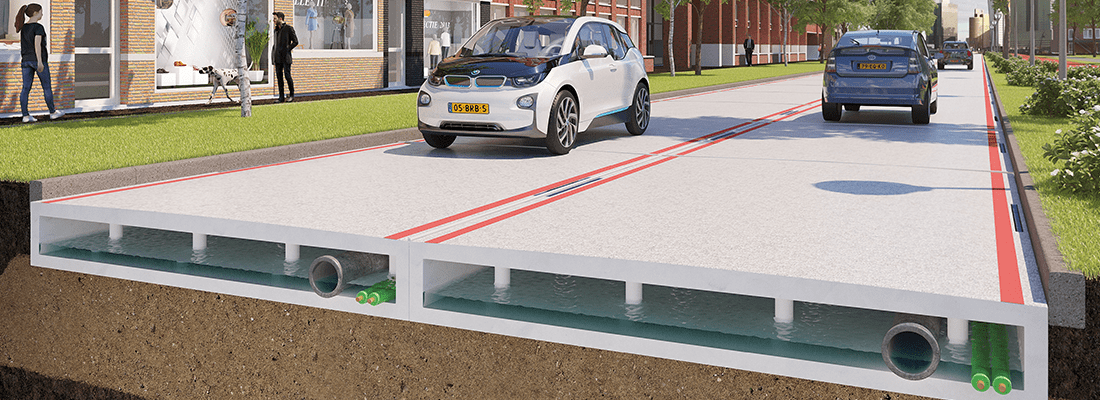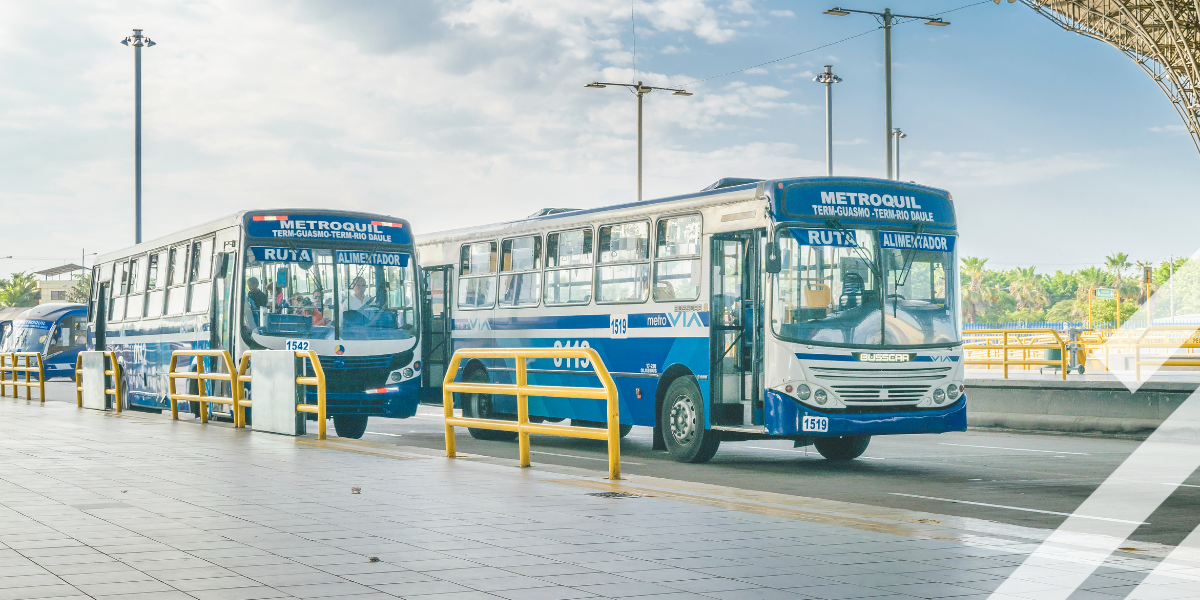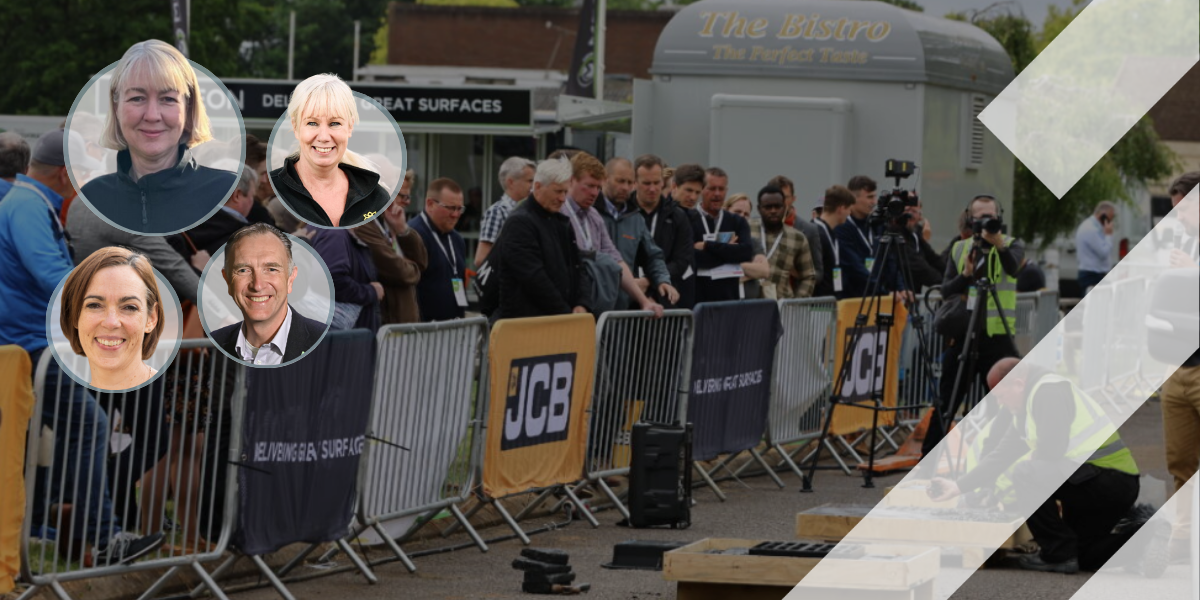Plastic fantastic

The Netherlands is a nation of cyclists. Astonishingly, it’s a country with more bikes than people. But perhaps this isn’t a surprise when you consider its flat lowland geography and the infrastructure that has been built especially with cyclists in mind. Thousands of dedicated cycle lanes separate cyclists from other road users, while many more cycle tracks line the nation’s flat plains.
But the one in the town of Zwolle, in the northeast of the country, is different from all the rest. The brainchild of Dutch road builder KWS, plastic pipe-making specialist Wavin, and supported by oil and gas giant Total, this cycling path is made of 70% recycled plastic.
The PlasticRoad concept consists of a prefabricated, modular and hollow road structure. The prefabricated production, the light weight and the modular design make construction and maintenance faster, simpler and more efficient than traditional road structures. The PlasticRoad has a hollow space that can be used to temporarily store water, thus preventing flooding during extreme precipitation. The hollow space can also be used for cables and pipes, thus preventing excavation damage. And there are numerous other conceivable applications, including the installation of sensors or the electric charging of vehicles.
“We expect that PlasticRoads will be the climate-proof, sustainable and smart infrastructure solution of the future,” says Claudia Goemans, Wavin’s director of technology and innovation. “In terms of sensors, the concept offers exciting opportunities for further innovation regarding light poles and traffic loop sensors.”
However, would a raft of sensors, circuits, loops and charging infrastructure underneath the road also accelerate the electric and connected vehicle revolutions? And if so, what could this newly developed sensor repository do that current technology cannot? After all, inductive loop charging technology is already being embedded under the surface of the road to good effect, while roadside units are proving a relatively inexpensive way to collect and distribute floating traffic-related data.
Plastic future
It seems clear that an infrastructure revolution such as the one promised by PlasticRoads could help to fast-track the deployment of smart systems, making them easier to install, less intrusive and, most importantly, easier to upgrade.
“The sensors that are used today on highways are often low-tech and need to be upgraded or replaced every few years,” says Prof. Ken Grattan, a sensor expert from City, University of London. “But carrying out maintenance is time-consuming and expensive, not to mention disruptive for the road user. As a result, the development of road sensor technology has been limited. But if you had a plastic road, where modular sections could be easily lifted so that the sensors could be repaired or replaced, that could push the technology forward through reduced costs.
“The more accessible the sensor, the easier it is to upgrade and there would be the option to include more sensors, which could in turn enable greater collaborationbetween sensor companies, so a new network of sensors, circuits and loops underneath the road would be working in harmony. If this happens, it has the potential to accelerate the development of intelligent road infrastructure, and could link easily to wireless recharging technology for electric and self-driving vehicles.”
However, with technology moving faster than regulation, Prof. Grattan, who is also a Fellow of the Royal Academy of Engineering, says there will need to be cooperation between governments, large electronics giants, OEMs and road operators to accelerate the pace of development.
“There are more questions than answers right now,” he says. “Questions such as ‘Who owns the data generated by vehicles?’, ‘Who is responsible for protecting our privacy?’ and ‘Who is culpable in the event of a data breach?’ are not yet defined. Nor do we have a clear idea of the revenue structure. Take wireless charging infrastructure. Who pays for it? The car owner, the road operator or the government? And if it’s the driver, how does the operator recoup the money? So there’s some way to go yet.”
Share your story
Do you have an innovation, research results or an other interesting topic you would like to share with the professionals in the infrastructure, traffic management, safety, smart mobility and parking industry? The Intertraffic website and social media channels are a great platform to showcase your stories!
Please contact our Sr Brand Marketing Manager Carola Jansen-Young.
Are you an Intertraffic exhibitor?
Make sure you add your latest press releases to your Company Profile in the Exhibitor Portal for free exposure.



